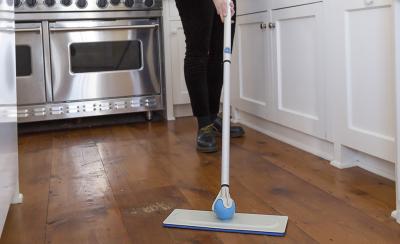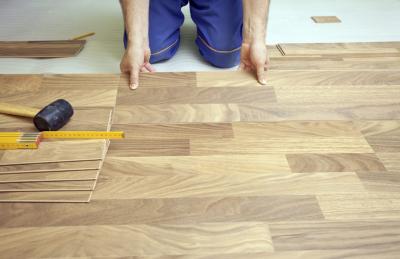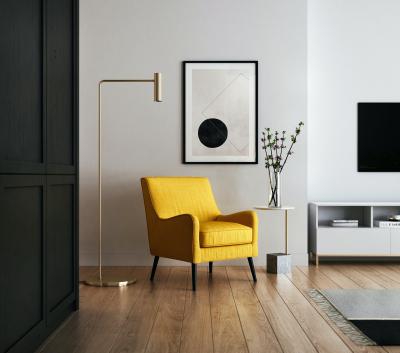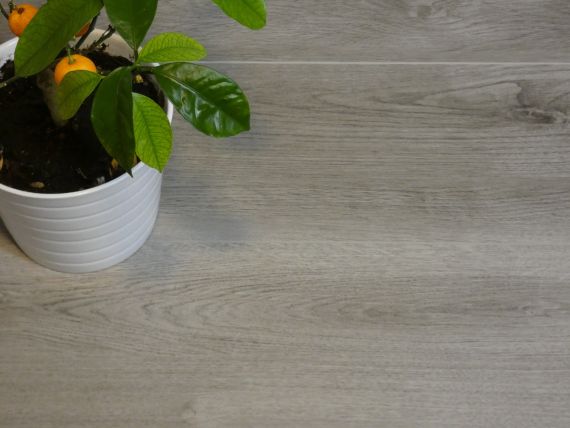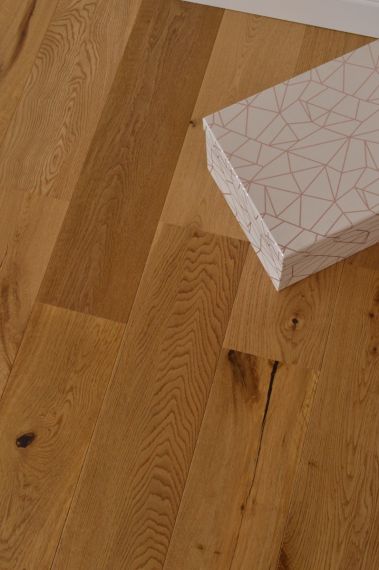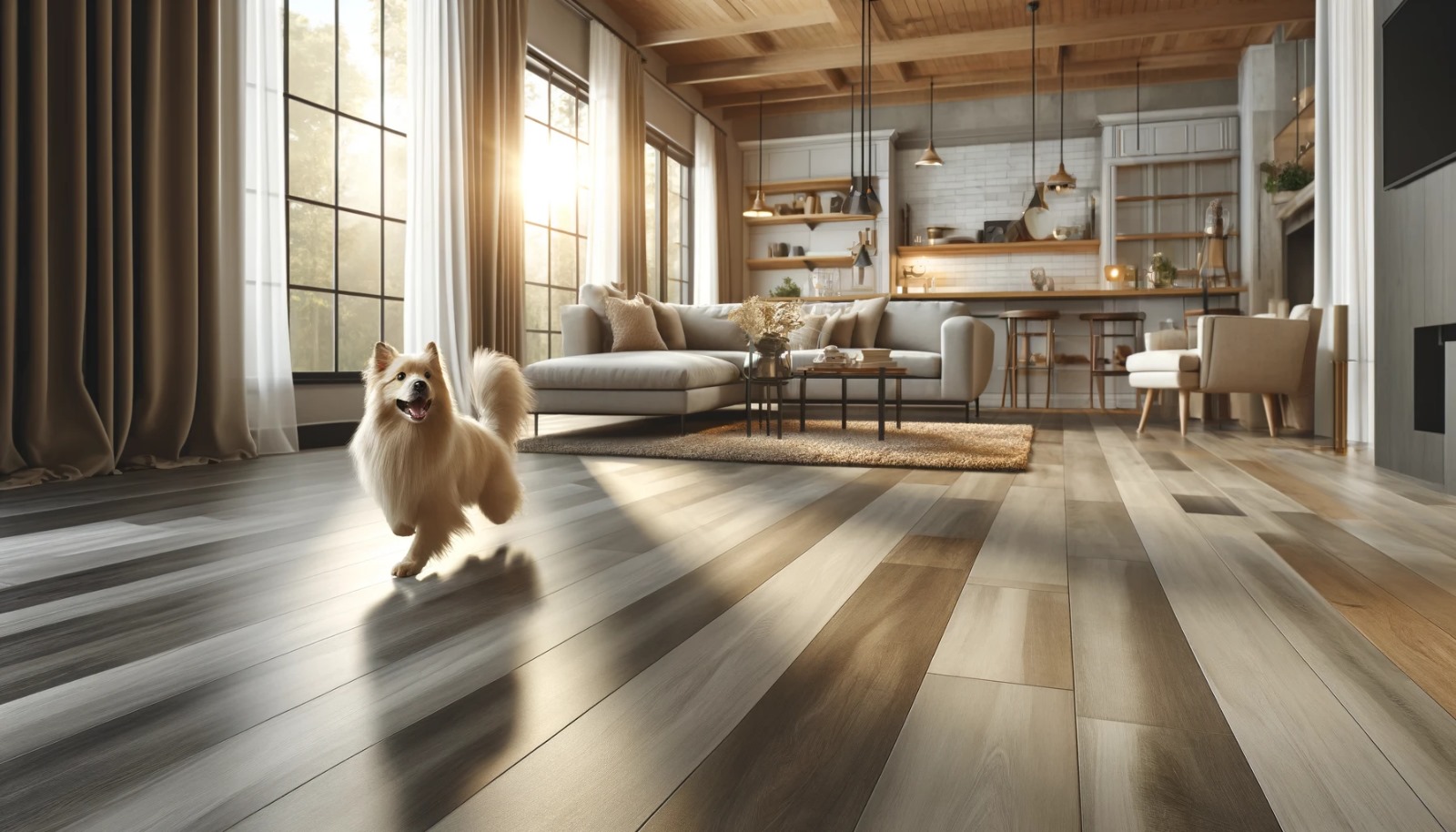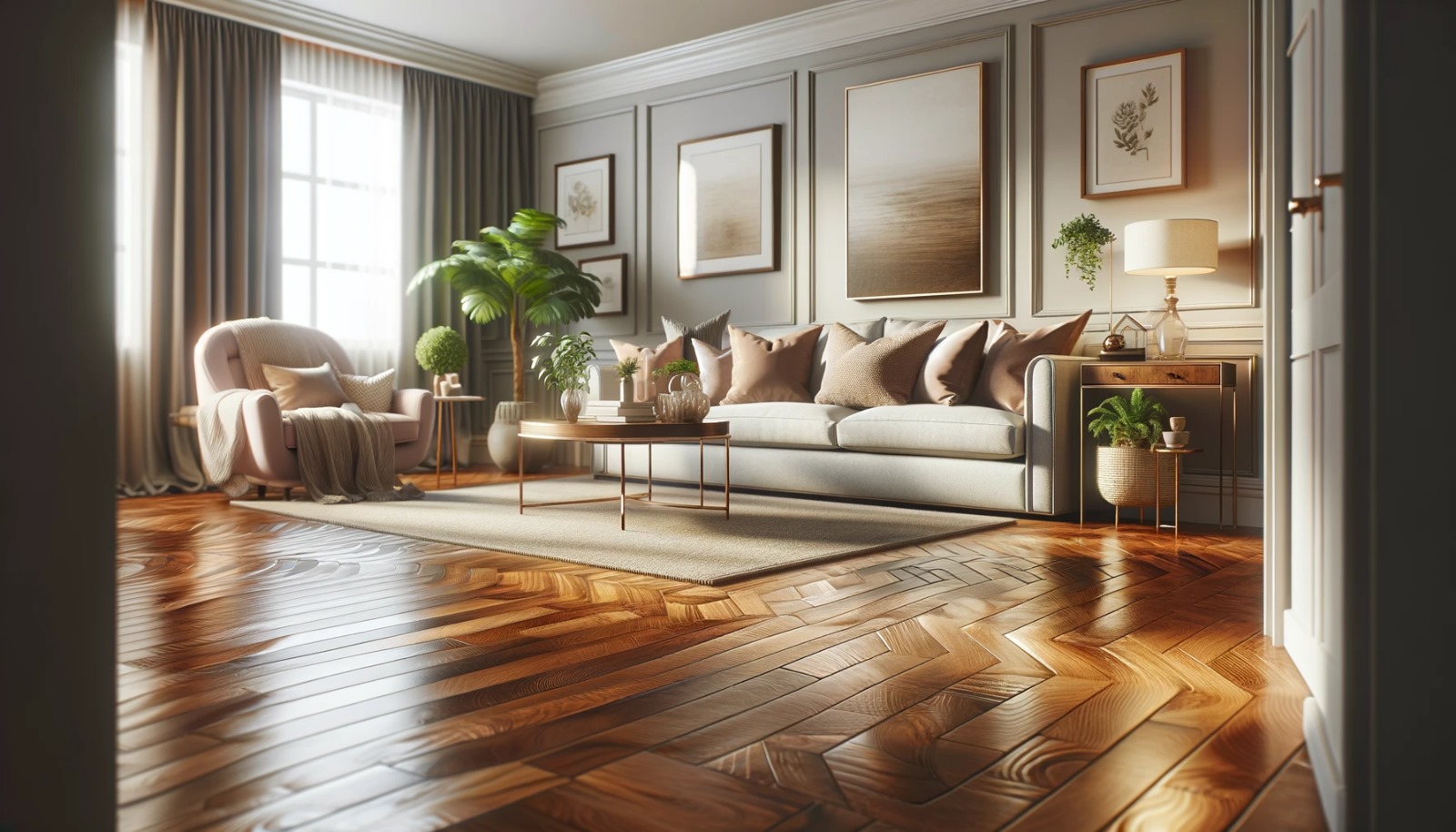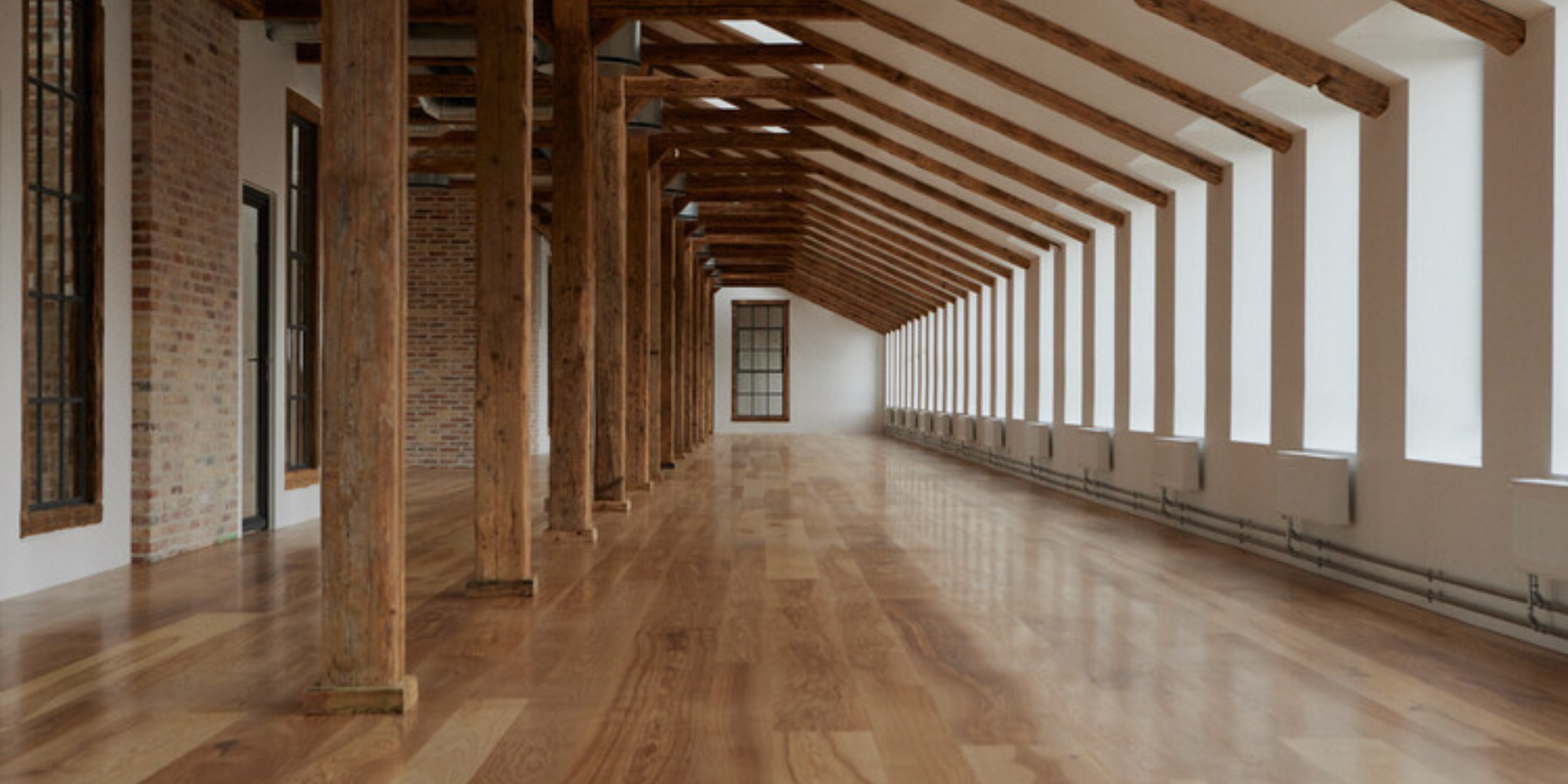

Acclimatising Your Flooring | What You Need To Know
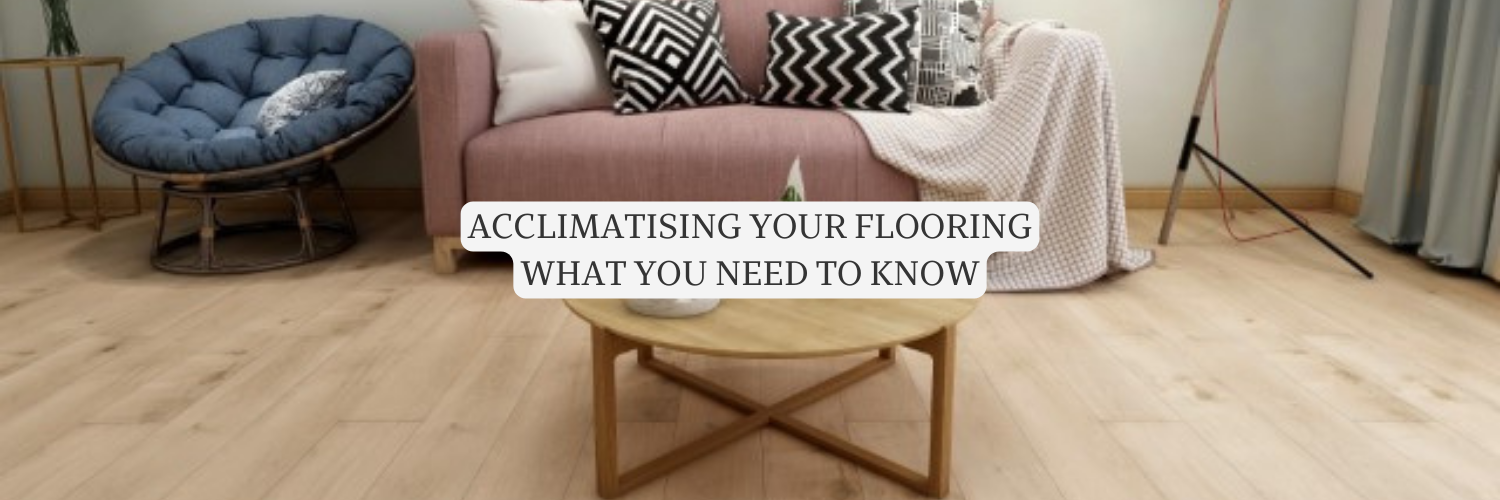
Lets begin with the basics. What is Acclimatising?
Put simply, the term acclimatising refers to the process of letting your flooring become accustomed to the new climate and conditions within your home. The result of this is that the acclimatised flooring maintains a fitness to its new environment. There’s a short Wikipedia article here if you are interested in learning more about acclimatisation in general. https://en.wikipedia.org/wiki/Acclimatization. You’ll notice that in American English a ‘Z’ replaces the ‘S’ .
What Flooring Needs to Be Acclimatised.
All of the flooring you purchase from us needs to be acclimatised, especially wooden flooring. This is because it has been stored in warehouses which are not temperature controlled and will not match the conditions in your home. When your flooring is dispatched to you it is first transferred to a pallet, then onto a lorry and then depending where you are in the UK a temporary distribution hub before getting to you, so depending on the weather, the flooring could be subject to varying temperature and moisture fluctuations on it’s journey to it’s cherished resting place in your home.
What is the best method for acclimatising your flooring?
Here at flooringhub we see flooring as a long-term investment, so to guard against future problems we recommend letting your flooring acclimatise in the room it is going to be fitted in. Stack your packs of flooring unopened, to prevent moisture loss and stop the flooring changing temperature too quickly and lie them horizontally, flat on the floor to distribute the weight of the flooring evenly. The flooring should be stored at room temperature to allow the flooring to acclimatise to the room’s temperature and moisture content before opening.
How Long To Acclimatise For?
A quick look online and you’ll see lots of variation relating to acclimatising timescales, so we can only offer a guide on timescales and manufacturer’s guidelines should always be consulted as a final answer on timing. One thing to bear in mind is the temperature or moisture levels at your home, as high temperatures or moisture levels could increase the acclimatisation period.
Engineered Wood Flooring - Acclimatise For 48hrs To 72hrs
Solid Wood Flooring - Acclimatise For A minimum Of 7 days
Laminate Flooring - Acclimatise For 24hrs To 48hrs
Luxury Vinyl Tile (LVT) Flooring - Acclimatise For 24hrs
What Happens If I Don’t Acclimatise My Floor
We do not want to try to put you off, but not acclimatising your floor could cause issues such as warping or cupping (a situation where the edges of the board rise up creating a concave shape). An unacclimatised floor once laid could expand or compress in situ which could lead to either buckling at the joints or gaps forming. It is also imperative that sufficient expansion gaps are also installed to allow the floor to naturally move. Other issues could arise from the floor drying out too quickly which could see the floor cracking or splitting. This is another good reason why the flooring boxes should be left unopened when acclimatising as opening them could let the wood close to the openings shrink or expand more quickly than the centre parts of the boards as it loses moisture more quickly.
Conclusion
As we have seen, you need to give your flooring the best start in your home and uses these acclimatisation timescales as a minimum guideline. I know we’ve listed these before, but they are so important that they deserve listing again:
Does Engineered Wood Flooring need to acclimatise?
Yes, for 48hr to 72hrs
Does Solid Wood Flooring need to acclimatise?
Yes, for a minimum of 7 days
Does Laminate Flooring need to acclimatise?
Yes, even laminate needs to acclimatise for 24hrs to 48hrs
Does Luxury Vinyl Tile (LVT) Flooring need to acclimatise?
Yes, even LVT needs to adjust for 24hrs
Does Herringbone Flooring / Parquet Flooring need to acclimatise?
Yes, but the timescale will depend on how it’s constructed as you can have Engineered Wood, Solid Wood, Laminate and LVT herringbone. Because of this the acclimatisation period needs to reflect the timescale for each of those types.
Liked this post? Be sure to share it with on social media, using the buttons below!



